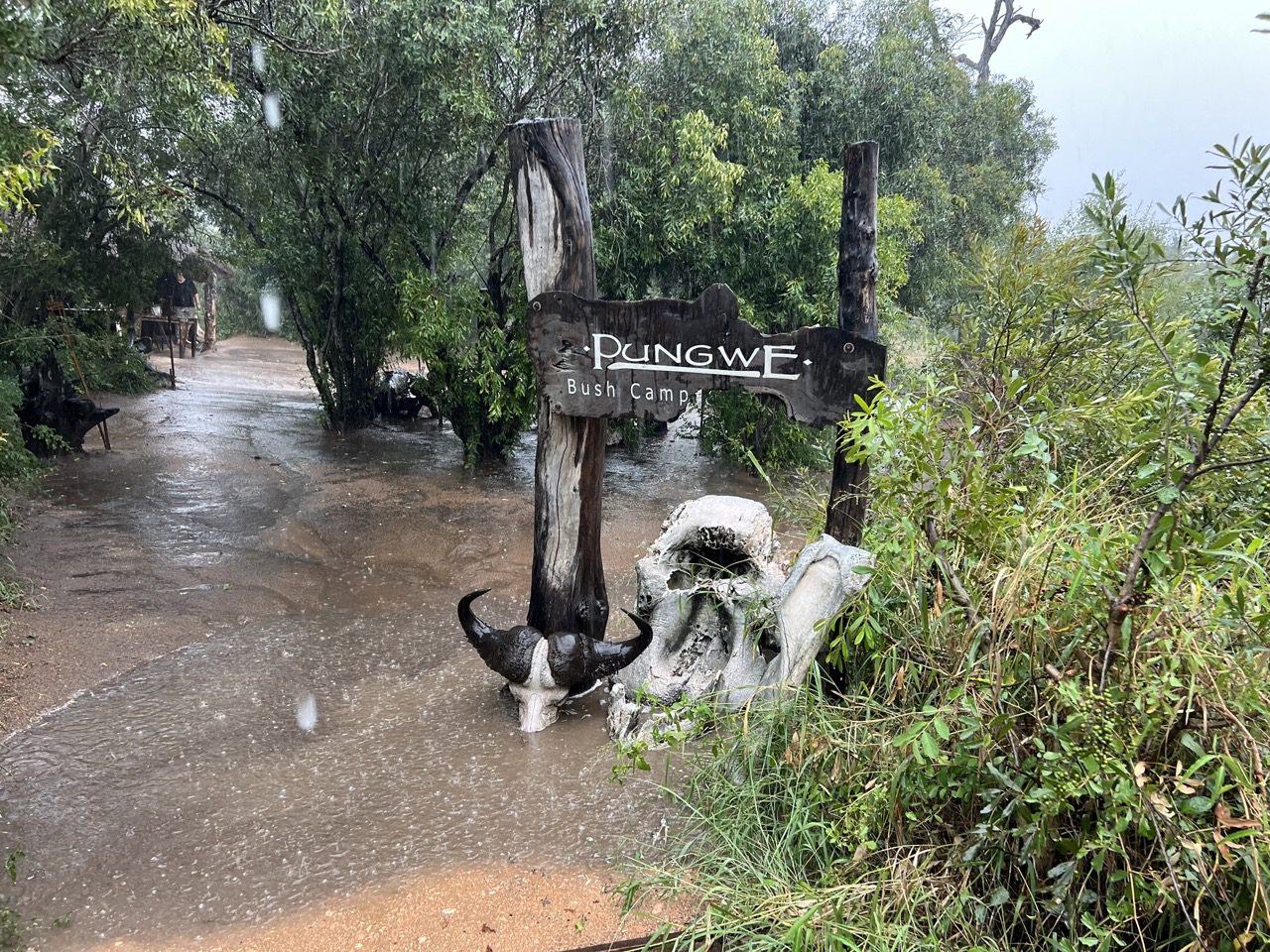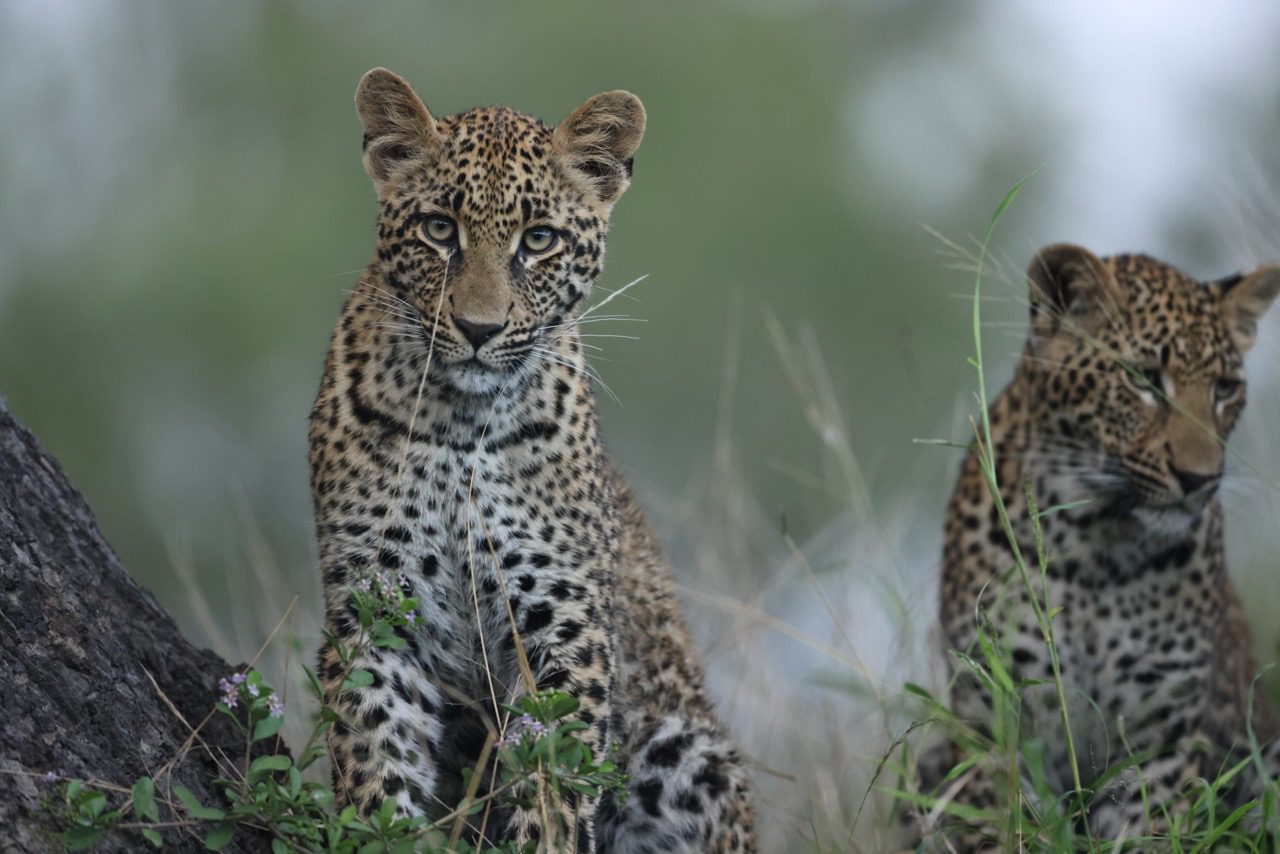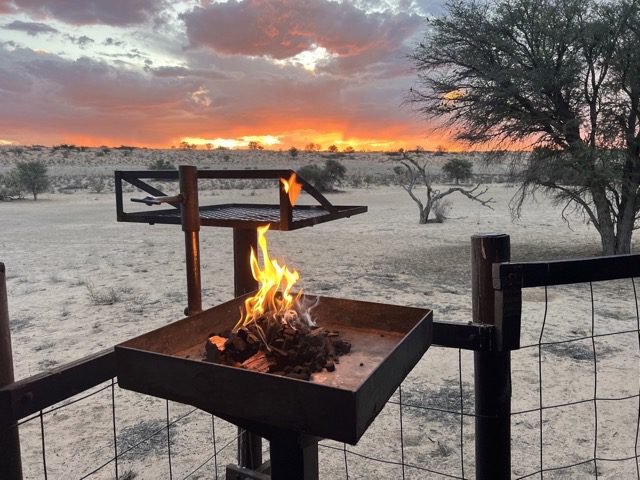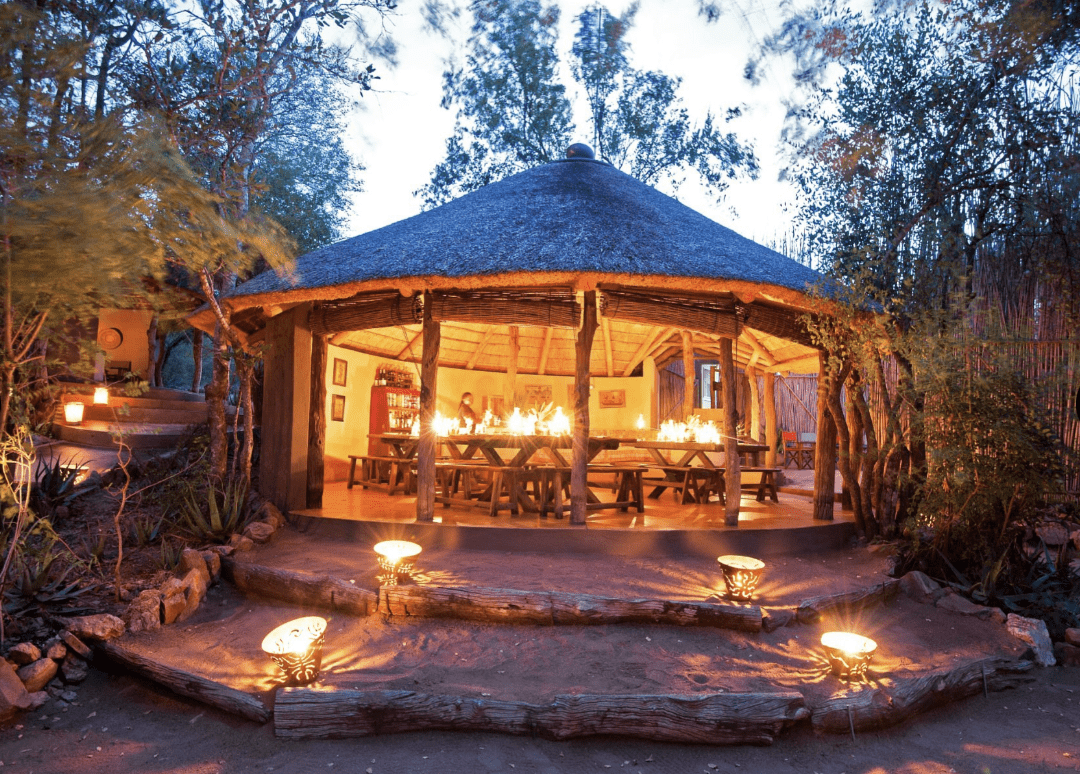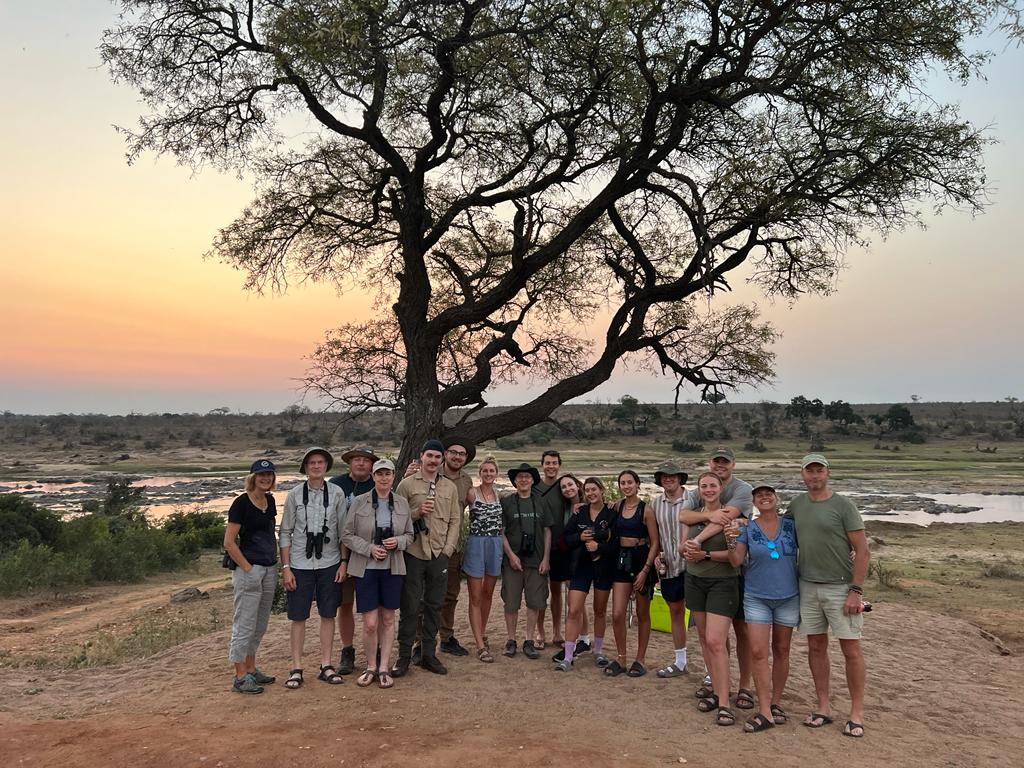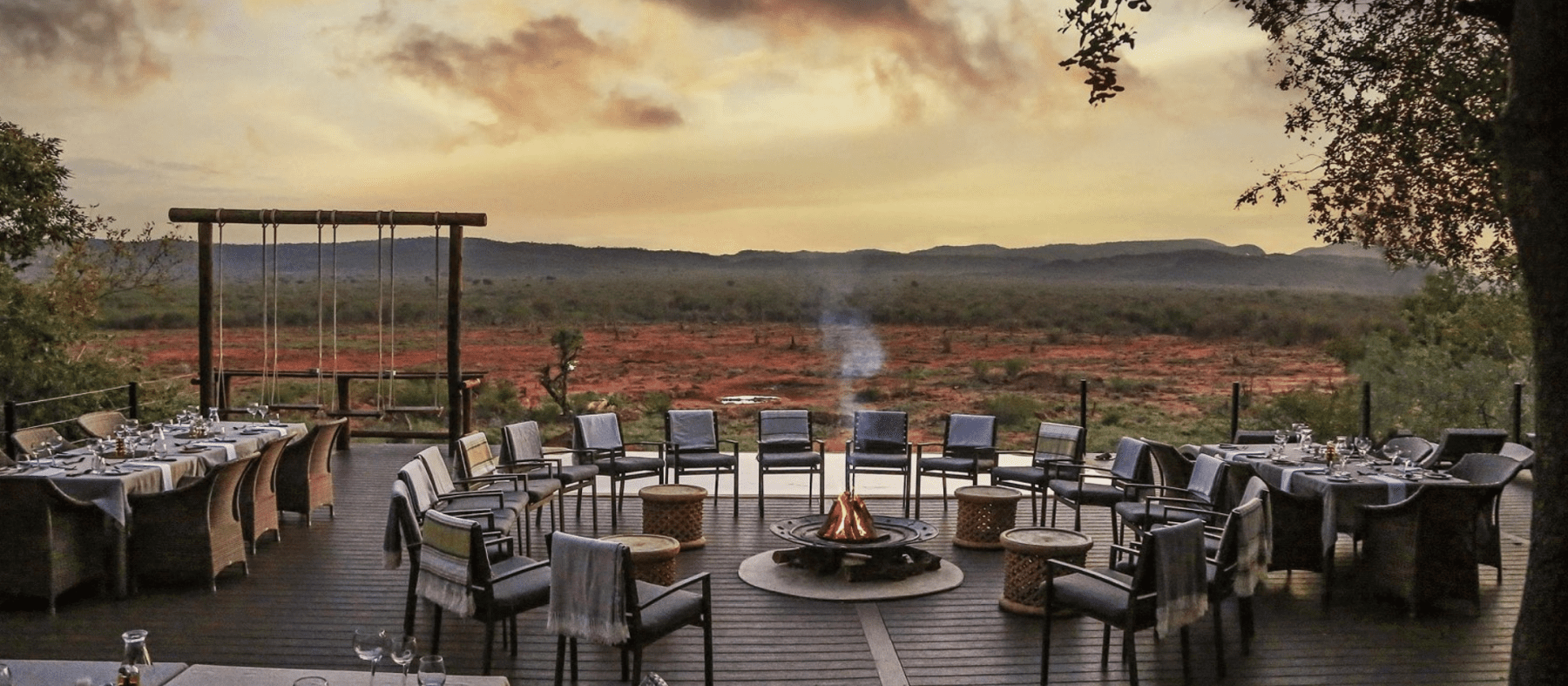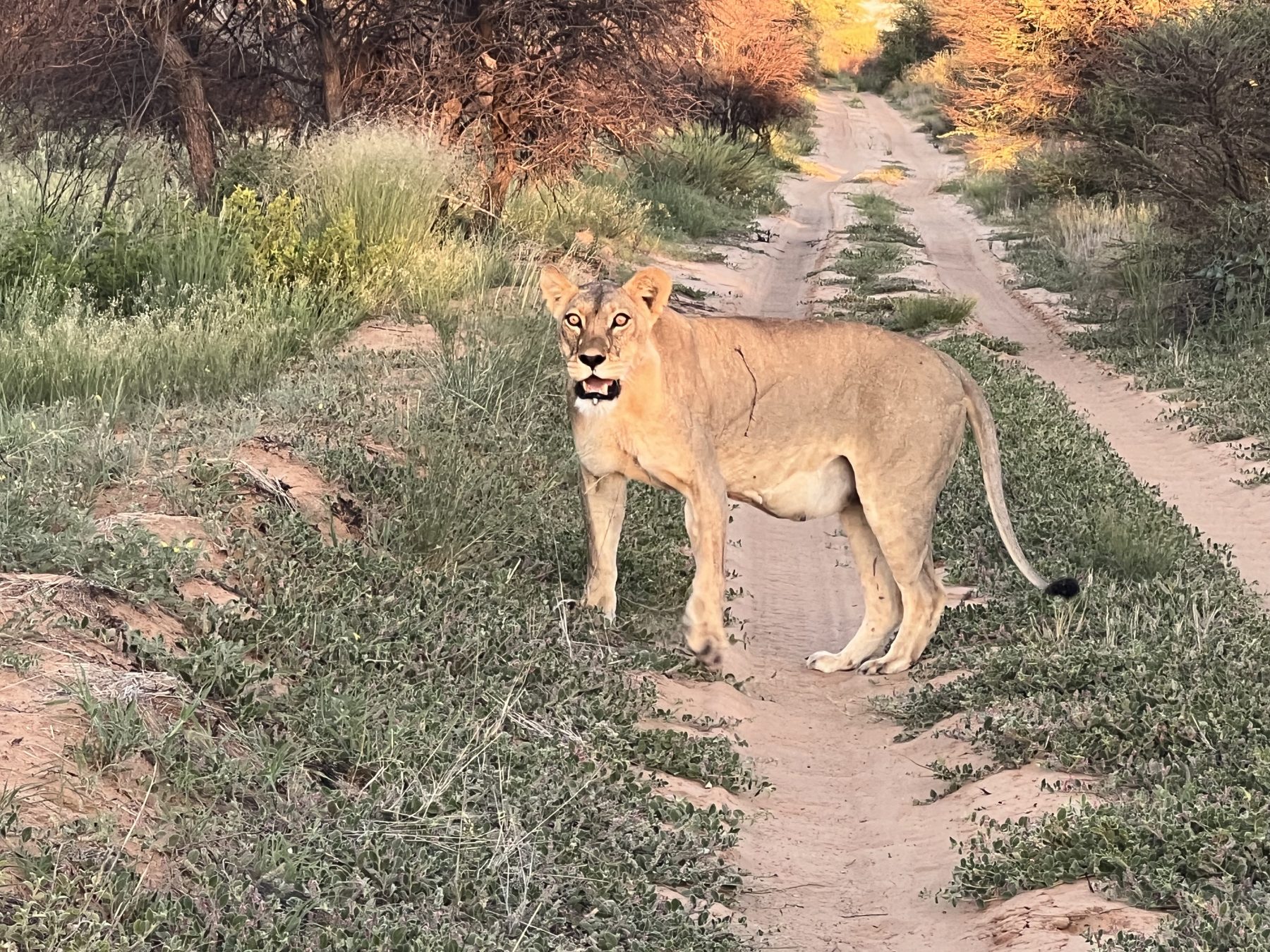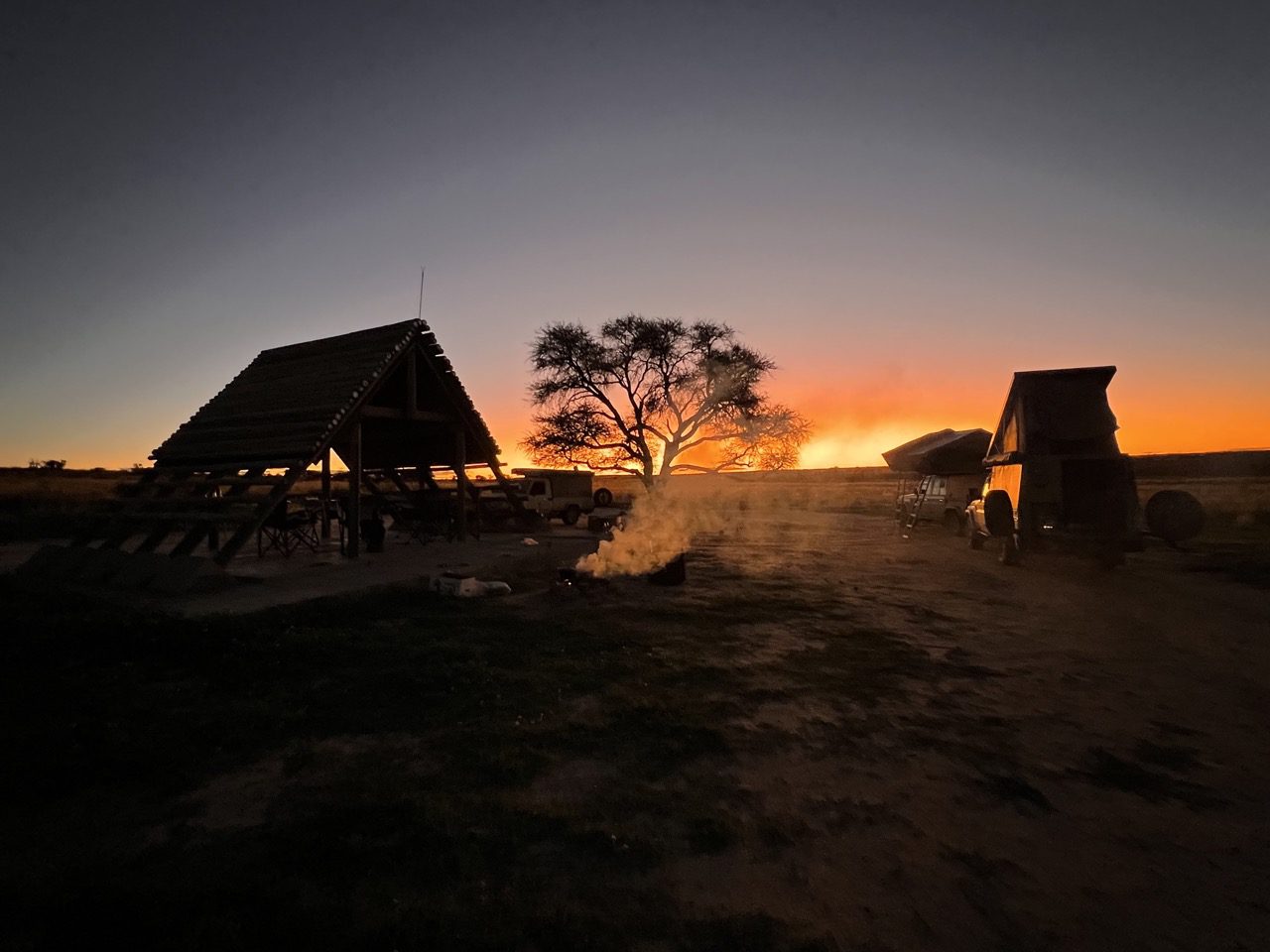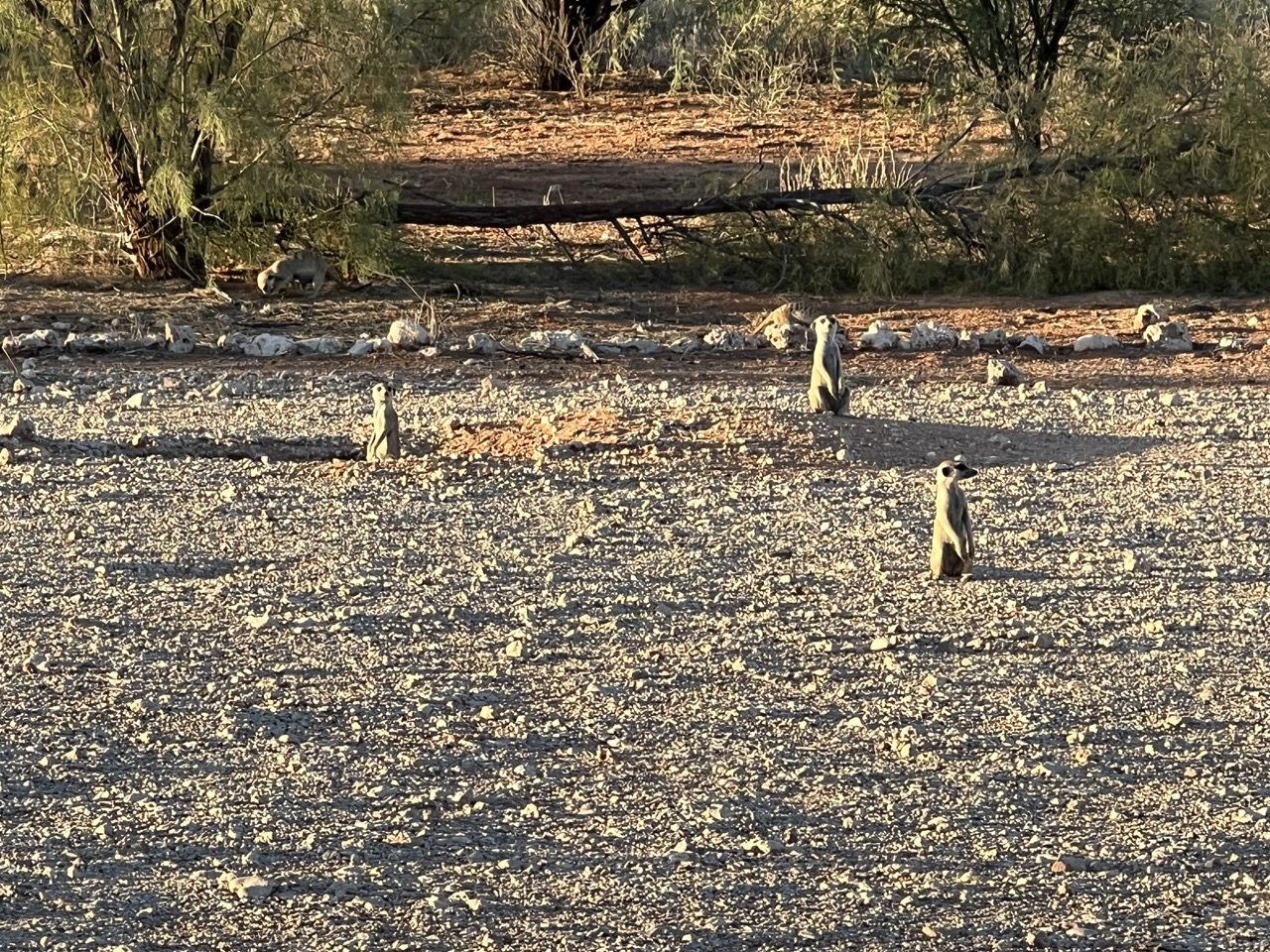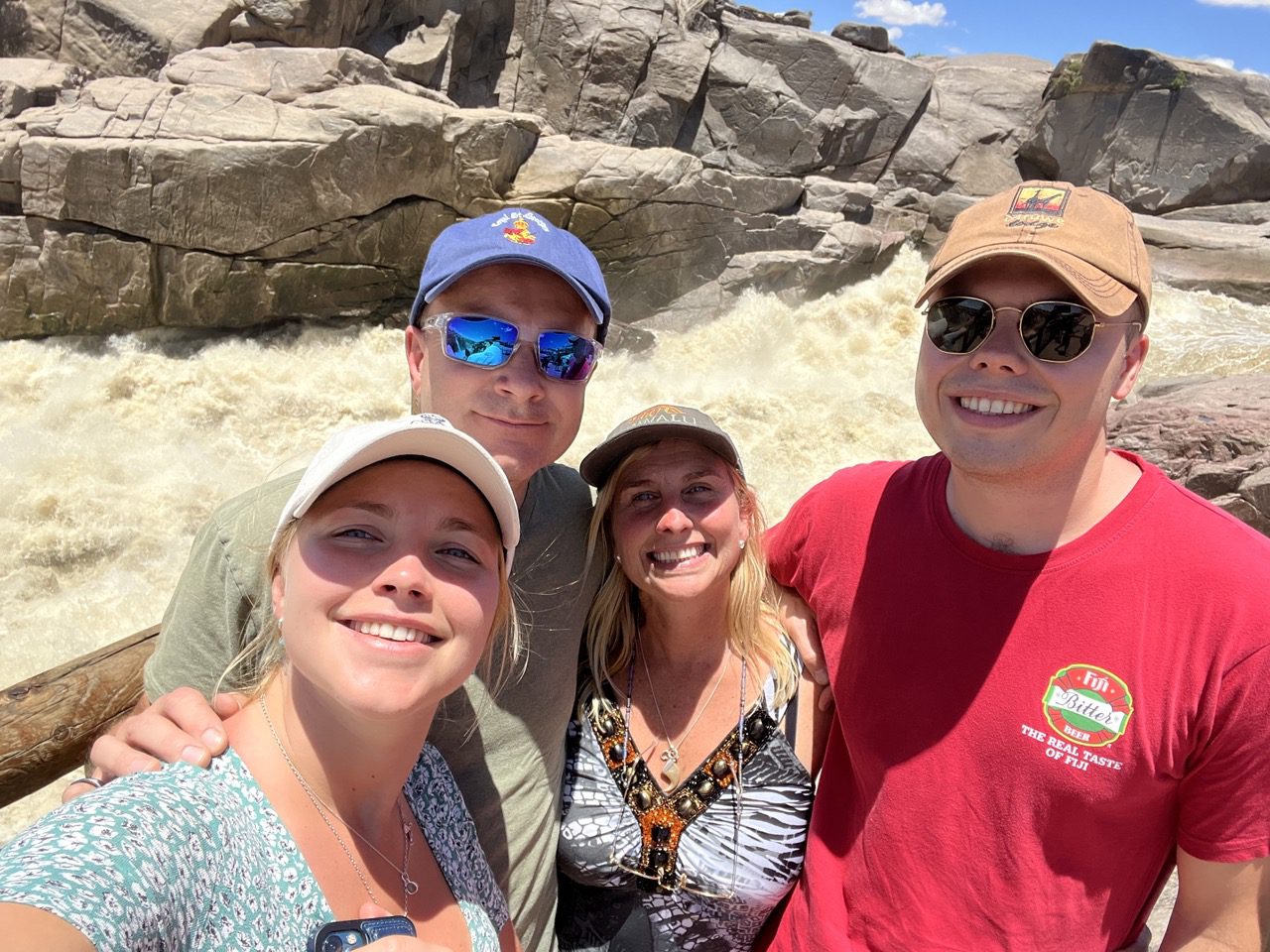SA: Manyaleti – Pungwe Bush Lodge – April 2024
Pungwe is a small intimate authentic safari camp which brings back the essence of a true safari experience. The comfortable en-suite meru-style tents are reminiscent of days when safaris were all about the sights, sounds and smells of the bush. The camp is about the bush, the animals, the unique experiences and the subsequent regaling of these by the iconic fireside. Pungwe Safari Camp is situated in the southern part of the 22 000 hectare Big 5 Manyeleti Reserve. Pungwe shares unfenced boundaries with two world renowned reserves, the Sabi Sand Reserve to the south and the Kruger National Park to the east, allowing for free movement of wildlife between the three reserves. This ensures that Pungwe's guests will be privy to some spectacular game viewing without having to share the sightings with numerous other visitors. Guided morning walking safaris puts you in touch with the bush, immerses you in your surroundings and enable you to encounter wildlife at a unique level. Afternoon/evening game drives ensure that sightings are up-close and personal. The perfect combination to create lasting memories. The 4 en-suite meru-styled tents at Pungwe offer simple elegant comfort, security, hot (via donkey burners) and cold running water for baths or showers and an exceptional feeling of truly being in the African bush. Only under canvas will you not only hear, but feel the roar of the lion, the throaty cough of a leopard and the Fiery Necked Nightjar celebrating the night.

